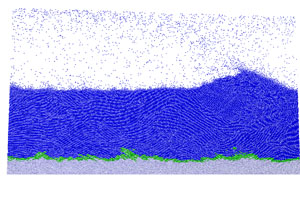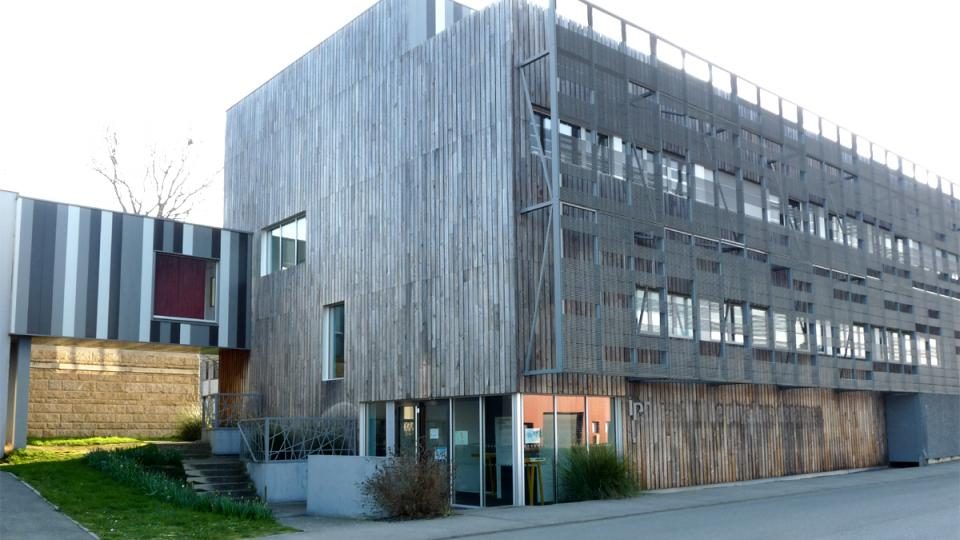The prior studies on the function splash 2D and 3D enabled me to define and understand the role of the wave of collision being propagated on the immediate surface of a bed of grains.
This wave produces a dilation of stacking around the point of impact. This dilation leads quite naturally to a more fragile zone mechanically speaking. So if new grain impacts this zone before it found its original structure, this impact will induce a function splash much more important than at the time of the original impact.
Thus one will less and less need energy to put moving the same number of grains.

The restitution of the input energy can be related to the mean time between consecutive shots.


